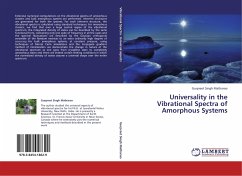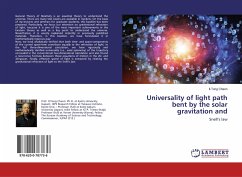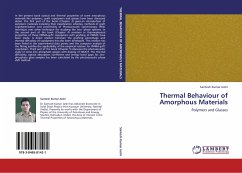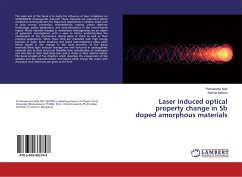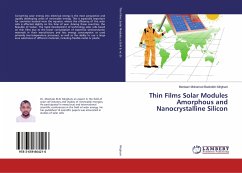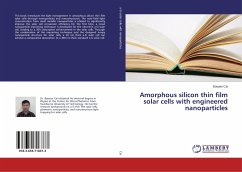Extensive numerical computations on the vibrational spectra of amorphous clusters and bulk amorphous systems are performed. Inherent structures are generated for both the systems. For each inherent structure, the vibrational spectra is calculated using standard techniques. For amorphous clusters, we find that over a large central region of the vibrational spectrum, the integrated density of states can be described by the same functional form, containing only one scale of frequency in all the cases and the spectral fluctuations are described by the Gaussian orthogonal ensemble of the Random matrices to an extra ordinarily high degree of accuracy.For bulk amorphous systems, at constant pressure, using techniques of Monte Carlo simulations and the Conjugate gradient method of minimization we demonstrate the change in nature of the vibrational spectrum as one goes from crystalline state to completely amorphous states and there are indeed certain limiting conditions in which the normalized density of states assume a universal shape over the entire spectrum.
Bitte wählen Sie Ihr Anliegen aus.
Rechnungen
Retourenschein anfordern
Bestellstatus
Storno

